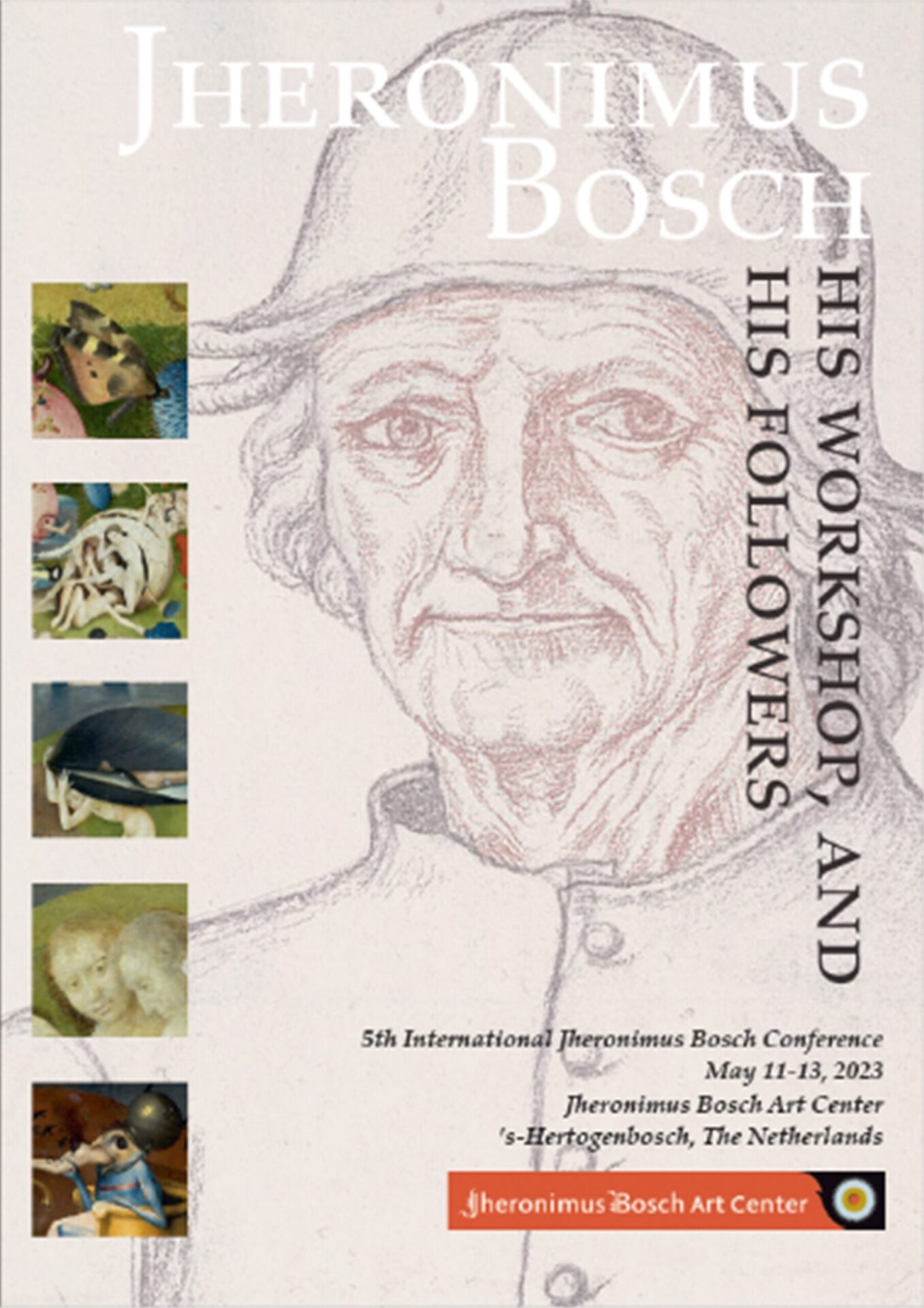
Spronk 2023
“The Vienna Last Judgement revisited: The underdrawings” (Ron Spronk) 2023
[in: Jos Koldeweij and Willeke Cornelissen (eds.), Jheronimus Bosch – His Workshop and His Followers – 5th International Jheronimus Bosch Conference, May 11-13, 2023, Jheronimus Bosch Art Center, ’s-Hertogenbosch, The Netherlands. Jheronimus Bosch Art Center, ’s-Hertogenbosch, 2023, pp. 322-340]
Bosch’s Vienna Last Judgement triptych was subjected to multiple technical examinations between 2011 and 2018, in the context of two different research projects. The identification (by Koldeweij) of the saint on the right exterior wing as St Hippolytus and examination of the coat of arms on the same panel led to the conclusion that the triptych was commissioned by Hippolyte de Berthoz, a high-ranking Burgundian courtier from Bruges. The early removal of the arms of De Berthoz and his depiction as underdrawn but never painted patron in the lower left of the central panel were probably instigated by the death of Hippolyte de Berthoz in 1503, which means that the triptych was more than likely produced around that year.
Spronk points out a ‘striking, if not dramatic’ difference between the style of execution and the materials used of the underdrawings on the exterior wings and those on the interior panels. The underdrawings on the exterior wings fit seamlessly within the core group of Bosch works, but the underdrawings of the interior panels do not. Thus, the underdrawings of the opened triptych differ dramatically in style and method from the underdrawings of the exterior wings and of the paintings that belong to the core of Bosch’s oeuvre. That is why the BRCP denies the autograph nature of the underdrawings of the interior panels: they were not done by Bosch himself. The exterior panels were underdrawn and painted by Bosch himself.
Who could have been responsible for the underdrawings of the interior panels? It may have been Jan Provoost, a painter from Bruges (born around 1465), who could have been active in Bosch’s workshop for a short period around 1503. Or did the production of the triptych take place In Bruges, the hometown of the patron, in collaboration with one or more local painters? There were several links between the extended Van Aken family and Bruges. The possibility of Bosch having worked on location on large commissions (see for example the Garden of Delights triptych) deserves more attention.
If the BRCP is right, the ‘Vienna case’ sheds interesting light on Koreny’s conclusions (see Koreny 2012 and Koreny 2023), although it does not necessarily prove that Koreny was altogether wrong.
[explicit May 16, 2024 – Eric De Bruyn]